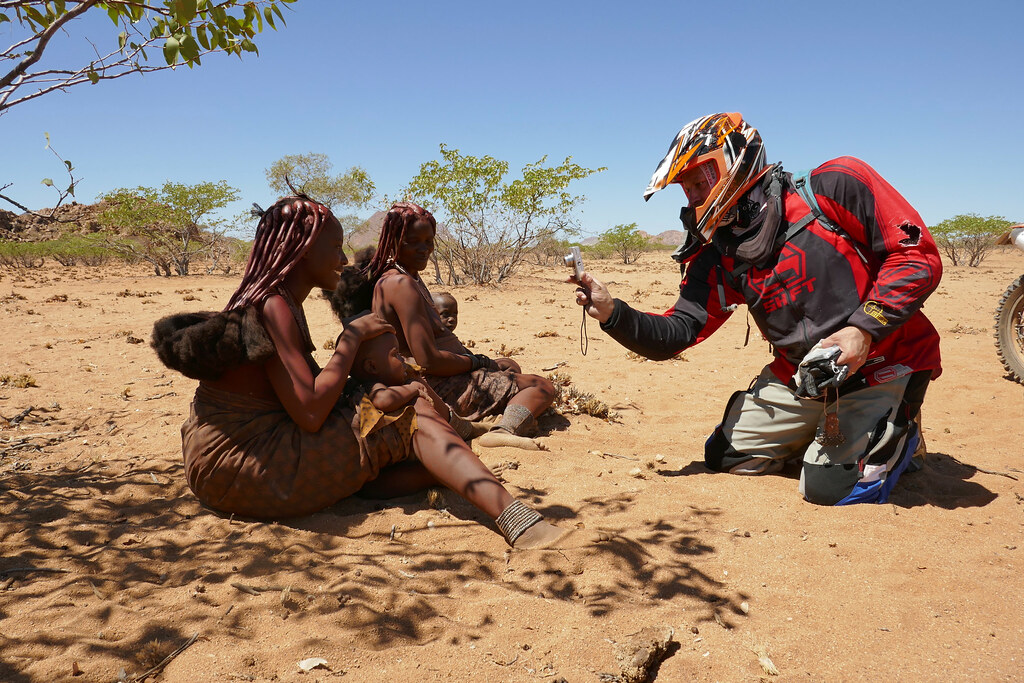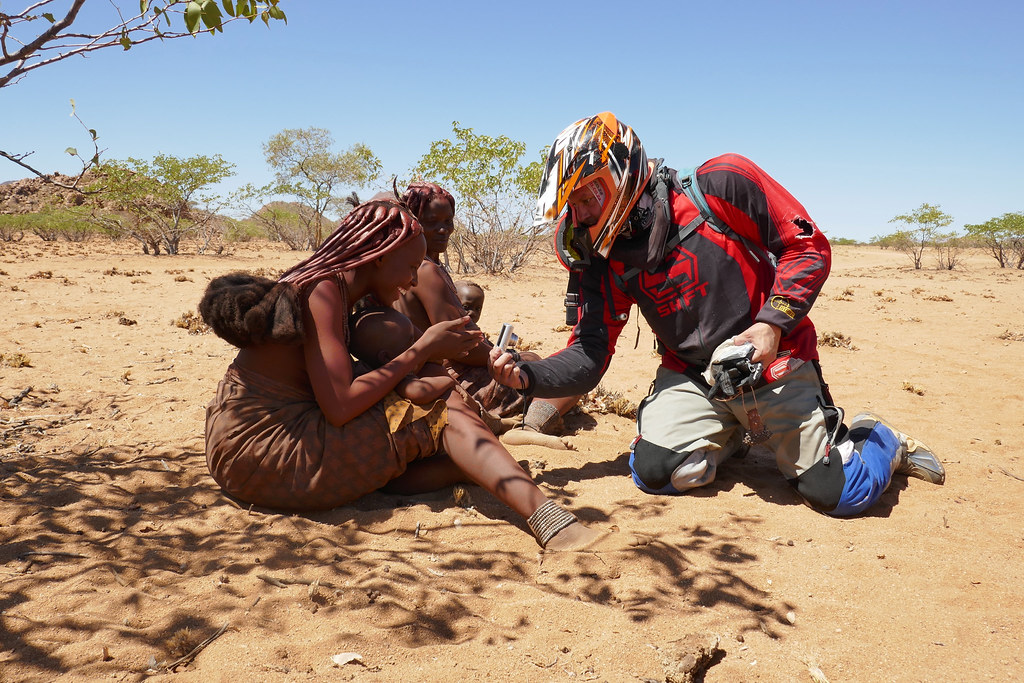Amsterdam said:
Xpat said:
This is very usefull - at least for me. So we can conclude based on the real world experience that:
- tubes with Slime in it can be actually patched (I still wouldn't use Slime, but now its just personal preference).
- rubber cemment and vulcanizng glue are the same thing (not 100% conclusive - weird that in this age of google it is so difficult to confirm), but all indications I have seen are in the same direction. This is actually great, as it means you just need to carry any glue that is designated either of those things (and the tip on duct tape is great - I battle with tubes getting destroyed in my luggage and spreadin glue all over).
So now its just question to figure out correct technique:
- clean up and roughin up of tube is pretty clear - never point of contention.
- applying glue is not clear to me. Should the glue be applied generously on both tube and patch for proper vulcanisation to occure (seems to make sense with tubes with high natural rubber content), or should it be applied very sparingly (probably if it is mostly Butyl tube)?
I have tried generous application of glue many times and it basically always failed. Now I didn't always wait 10 - 15 minutes before applying the patch, but on many times I did and still usually ended up in tears. On the other hand application of very little glue on the tube only (though if I would put it sparingly on patch it probably wouldn' make difference apart for potentially endin up with too much glue) and letting it dry before applying patch does seem to work for me in most cases.
In other words, does the vulcanisation actually still takes place with modern tubes (especially Butyl ones) or not. What is you glue application protocol [member=7804]Amsterdam[/member] ?
I have always only applied glue to the tube, never to the patch. Bruce on the other hand swears by applying glue to both the patch and the tube.
Don't quote me, but I think it depends on the patch. If the slime brand patches say add vulcanising solution, it's because they need it, where as the red underside of the patches are already (vulcanised? Ready to bond)
Here's a little bit of what I found on the process, and why cleanliness is so important.. it will work a similar way with butyl rubber and natural rubber as the disulphide bonds are present in both:
Chemist here - natural rubber is a polymer (long chain-like molecules). Vulcanizing adds cross-links (through disulfide bonds) to the rubber, basically turning the strands of rubber molecules into a net, greatly increasing strength. Bike tubes are vulcanized rubber, but the outer surfaces are treated such that all those cross-linking sulfur groups aren't reaching out and trying to grab anything. You put on some vulcanizing fluid (henceforth "glue") and a few disulfide bonds in the tube get broken and re-formed with bonds to the polymers in the glue. Once the glue dries (there's a bit of solvent that has to evaporate) the inner side of the glue spot is chemically bound to the tire. The outer side is left with a bunch of free sulfur groups waiting to grab onto some other sulfur groups. Then you peel that piece of foil off the orange side of the tire patch (which exposes the free sulfur groups left on the patch) and press it to the glue spot - you've now made millions of chemical bonds between the patch and the glue spot. It's not really glued, though - the patch-"glue"-tire system is now one single molecule all chemically bound together.
The chemical bond holding things together is why:
- The tube has to be clean and dry - the sulfur groups reaching out for something to grab onto will grab dirt, water, and other gunk instead of the patch.
- You can't use duct tape or regular glue - these are sticky substances that don't vulcanize the rubber together. Rubber cement may hold a patch in place but it is NOT the same stuff.
- Glueless patches kinda suck - the vulcanizing fluid in the little tubes works better at making bonds with the punctured bike tube.
- You can make patches out of old tubes - at its most basic you're vulcanizing two pieces of rubber together, so two pieces of bike tube will stick to each other.
TL;DR - Vulcanization. https://en.wikipedia.org/wiki/Vulcanization





































